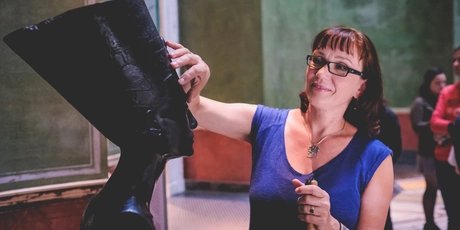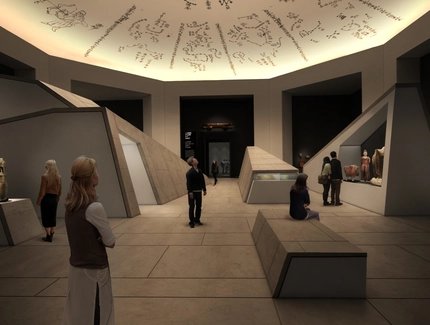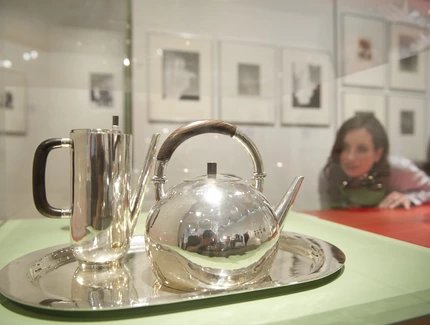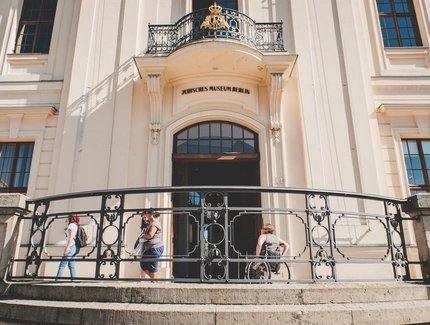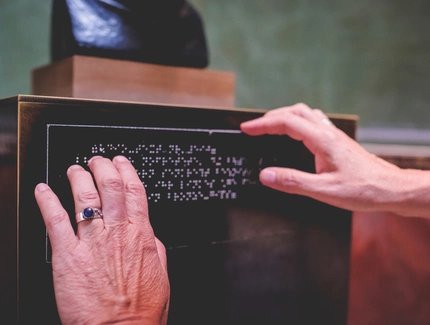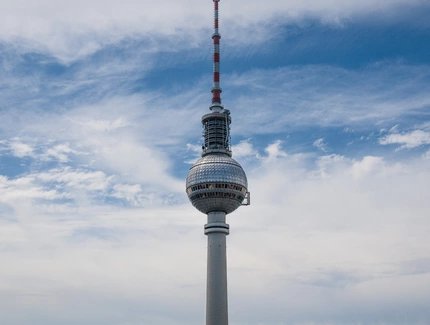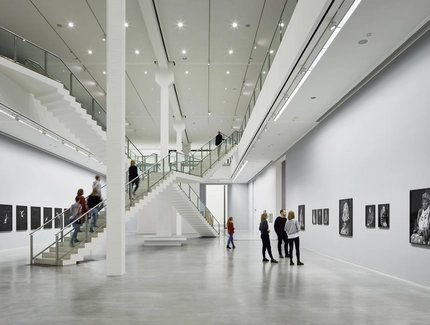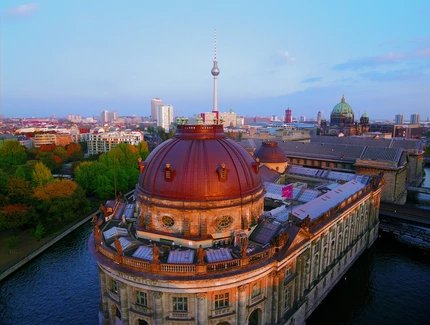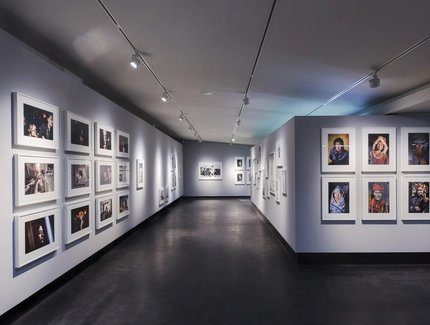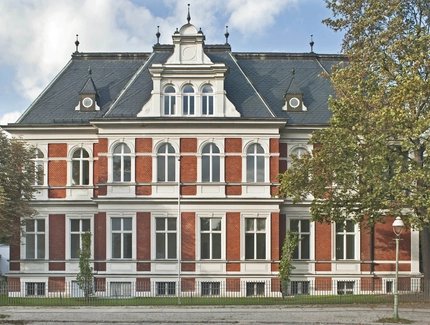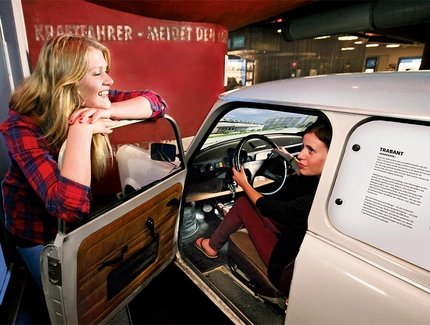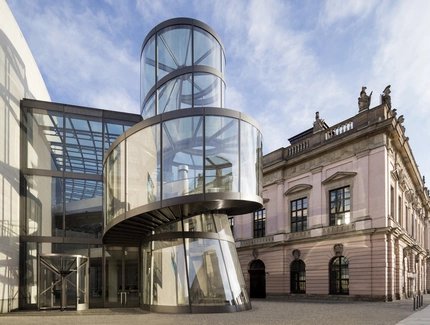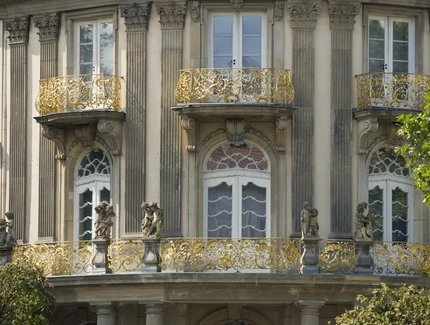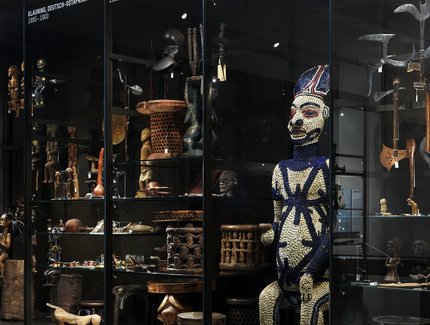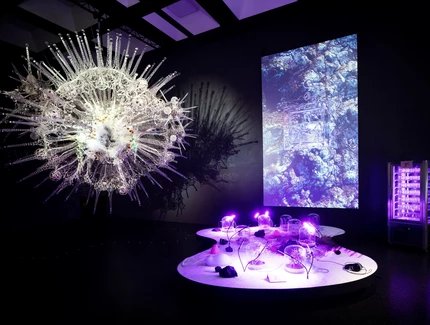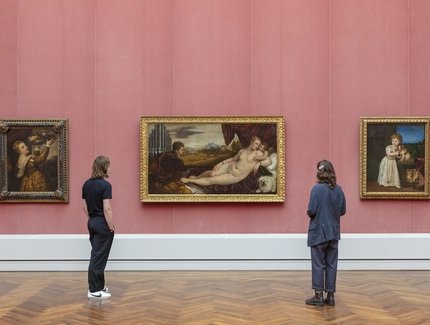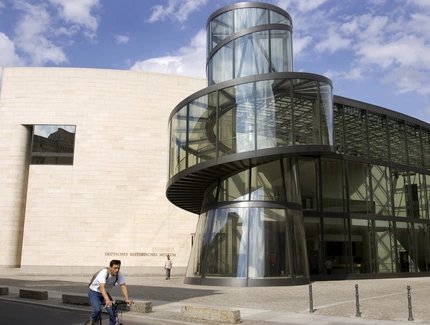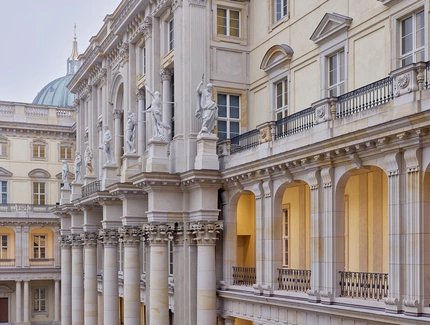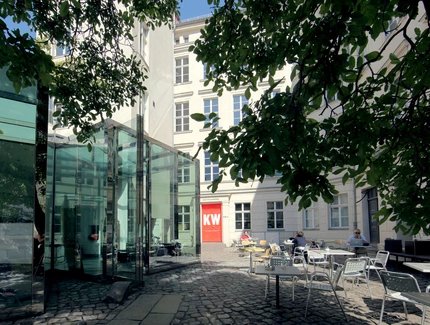
Spotlighting culture, history, and contemporary events
Berlin’s cultural scene is as diverse as the city itself! Many museums, memorials and exhibitions are especially suitable for wheelchair users. Or they have a selected programme of tours and events for visitors who are partially sighted or blind, or hard of hearing or deaf. And they have much more on offer! Check out our initial overview below.
Berlin’s cultural and arts landscape is appealing, entertaining and inspiring – and above all, world famous. And best of all –it is accessible so everyone can enjoy it! Here, you can become a spy, touch the portrait head of Nefertiti or take a seat in an original GDR living room. All the Berlin museums, memorials, exhibitions and cultural institutions we present here have been evaluated using the Tourism for All quality criteria.
Museums, Memorials and Arts venues
Visit Berlin’s accessible museums and memorial sites: First up, some tips on museums and memorials in Berlin. And since these have all been tested under the Tourism for All scheme, you can be sure the information is reliable.
- The Futurium - a House of Futures - provides wheelchair users with a barrier-free entrance, as well as workshops, guided tours, open lab evenings and weekends; assistance dogs and long canes are allowed in the museum for people with visual impairments, and there are also portable tactile orientation maps; for people with hearing impairments, the Futurium is presented on a screen in the foyer in a video in sign language; interpreters also translate into sign language at selected events.
- The Anne Frank Zentrum offers audio description and guided tours for the blind and visually impaired, videos in DGS, induction loops and digital Roger system, texts in plain language, floor guidance system and tactile objects.
- Kleisthaus in the heart of the city is home to the offices of the Federal Government Commissioner for Matters relating to Persons with Disabilities. Over the recent years, this heritage building has developed into an accessible location for performances, readings or exhibitions of disabled and non-disabled artists.
- In the Berlinische Galerie, a tactile floor guidance system, tactile models and an inclusive audio guide enable blind and visually impaired people to access the permanent exhibition.
- The German Historical Museum (Deutsches Historisches Museum), which presents German history in a European context, is accessible for wheelchair users.
- At the Museum for Natural History (Museum für Naturkunde) there is step-free access via a wheelchair lift to the exhibition hall showing the world’s largest dinosaur skeleton and an original T-Rex skeleton.
- The Jewish Museum Berlin offers sound and tactile tours for blind and visually impaired people. The sign language taster course in German sign language (simultaneously translated into German spoken language) is aimed at deaf and hearing people. All exhibition rooms are accessible for wheelchair users.
- The wheelchair accessible Museum of Musical Instruments takes you across 500 years of the history of music.
- The Memorial to the Murdered Jews of Europe (Denkmal für die ermordeten Juden Europas) commemorates the millions of Jewish victims of the Nazi regime. People with limited mobility can take the elevator to the subterranean Information Centre. The permanent exhibition there documents the persecution and destruction of European Jewry as well as the historic sites of the Nazi crimes.
- The Berlin Wall Memorial at Bernauer Straße is wheelchair accessible.
- The Topography of Terror exhibition recalls those killed under the Nazi’s euthanasia policies during the Second World War. The webpage also has information in simple language and sign language.
- The Berlin-Brandenburg Model Park offers a comprehensive overview of Berlin’s sights in miniature. The names of the exhibits are also given in Braille. The entire site is designed as accessible and has wheelchair accessible toilet facilities.
- Several times a year, the Bauhaus Archiv offers accessible tours for people who are blind or partially sighted.
The following museums and arts venues are not (yet) evaluated under the Tourism for All scheme, but are suitable for wheelchair users.
- The Philharmonie Berlin: Wheelchair accessible
- Berliner Ensemble Theatre: Wheelchair spaces
- Deutsche Oper – Opera House: Wheelchair spaces
- Staatsoper Berlin – Opera House Wheelchair spaces
- Komische Oper Berlin - Opera House: Wheelchair spaces
- Friedrichstadt-Palast: Wheelchair accessible
- Wintergarten Varieté Theatre: Wheelchair accessible
